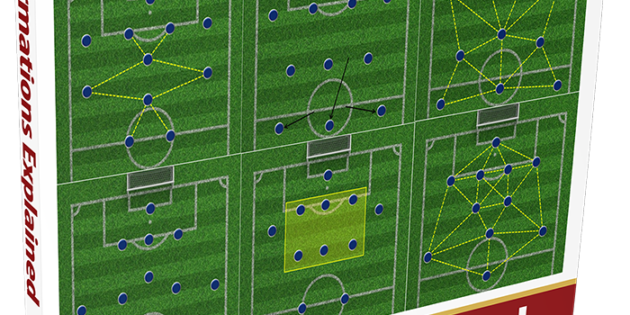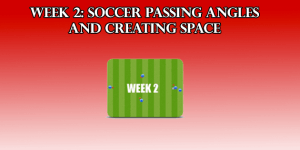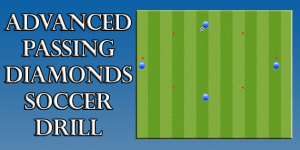Helping Your Players Understand What It Means To Operate Efficiently As A Soccer Team
The starting formation is typically used by broadcasters to show a team line up prior to the start of a match. A Coach will also use a formation to discuss roles and responsibilities with their players before kick-off. The formation, when shown on screen or on paper is where it is most rigid, in reality, a formation is nothing more than a series of numbers. During a match it becomes increasingly difficult to visualize the neat lines of a 4-3-3 formation due to the fluidity of the situations of play. So, if the formation in its purest form starts and ends on paper, then why do we use them and analyze them so often? The answer is simple, the formation of the team determines the shape of the team, and the shape of the team influences the style of play the Coach wishes to impart.
There are examples of teams who play with different formations based on their opposition, playing to their strengths and hoping to expose weaknesses within the opposition, often teams will change formations during transitions between attack and defense. Some Coaches are steadfast in their coaching methods and take their style and formation with them wherever they manage; Antonio Conte has become synonymous with the 1-3-5-2, Jurgen Klopp, for example favors a 1-4-3-3. These managers look to sign the right personnel for their individual systems, and with large financial backing, they are able to create a unit ready to implement their style to good effect.
Read the full guide by downloading it completely free below…

- Simplified terms and easy to digest information on some of the most popular soccer formations used all over the world!
- Helps coaches and players alike understand the roles and responsibilities for each position
- The guide is designed to build a platform for you to implement your own system and style into a formation
















